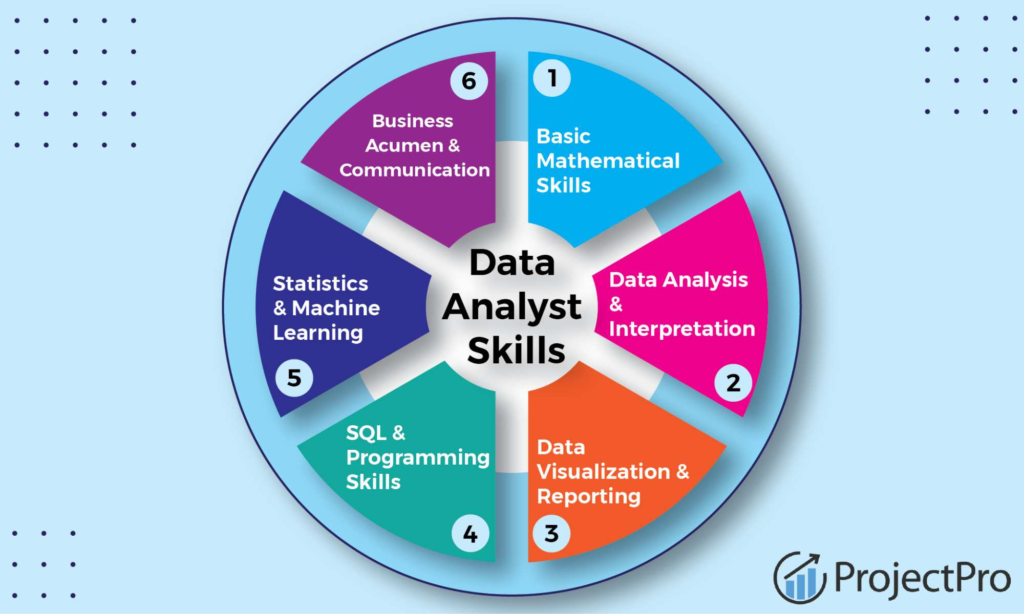Introduction
In the era of big data, the role of a data analyst has become increasingly vital across Industries.
If you have a passion for uncovering patterns, deriving insights, and making data-driven decisions, a career as a data analyst might be the perfect fit for you. In this comprehensive guide, we’ll walk you through the steps to embark on the exciting journey of becoming a data analyst.
In the era of big data, the role of a data analyst has become increasingly vital across Industries. If you have a passion for uncovering patterns, deriving insights, and making data-driven decisions, a career as a data analyst might be the perfect fit for you. In this comprehensive guide, we’ll walk you through the steps to embark on the exciting journey of becoming a data analyst.

Step 1: Acquire the Right Educational Background
While a formal degree in a related field such as statistics, mathematics, computer science, or information technology can be advantageous, it’s not always mandatory. Many successful data analysts come from diverse educational backgrounds. However, obtaining a relevant degree or certification can provide you with a solid foundation in the necessary skills.

Step 2: Develop Essential Skills
To thrive as a data analyst, certain skills are crucial:
Statistical Knowledge: Understand basic statistical concepts and techniques.

Data Manipulation and Analysis: Gain expertise in tools like SQL and Pandas for data manipulation.
Data Visualization: Familiarize yourself with tools like Tableau or Matplotlib for creating compelling visuals.
Critical Thinking: Cultivate a strong analytical mindset to interpret and draw meaningful conclusions from data.
Step 3: Gain Practical Experience
Apply your theoretical knowledge by working on real-world projects.

This could involve analyzing publicly available datasets, participating in online competitions (e.g., Kaggle), or completing internships. Practical experience not only hones your skills but also provides tangible evidence of your abilities to prospective employers.
Step 4: Build a Strong Portfolio

Create a portfolio showcasing your projects, analyses, and visualizations. This is a powerful tool to demonstrate your skills and problem-solving capabilities to potential employers.
Make sure to explain your thought process and the impact of your analyses in a clear and concise manner.
Step 5: Stay Informed and Network
The field of data analysis is dynamic, with constant technological advancements, Stay updated on industry trends, attend webinars, join relevant online communities, and network with professionals in the field. Building a network can provide insights, mentorship, and potential job opportunities.

Step 6: Pursue Advanced Education (Optional)
Consider pursuing advanced certifications or degrees to further enhance your skills and credibility. Specialized certifications in data analysis, machine learning, or business intelligence can set you apart in a competitive job market.

Step 7: Craft a Winning Resume and Cover Letter
Tailor your resume to highlight your relevant skills, experiences, and projects. Write a compelling cover letter that showcases your passion for data analysis and your commitment to continuous learning.

Step 8: Ace the Interview
Prepare for technical and behavioural interviews by practising common data analyst interview questions. Be ready to discuss your projects, problem-solving approach, and how you handle real-world scenarios.

Conclusion:
Becoming a data analyst is a rewarding journey that combines education, skills development, and practical experience. By following these steps and staying dedicated to your learning, you can position yourself for a successful career in the dynamic and ever-growing field of data analysis.

Good luck with your exciting adventure into the world of data!
